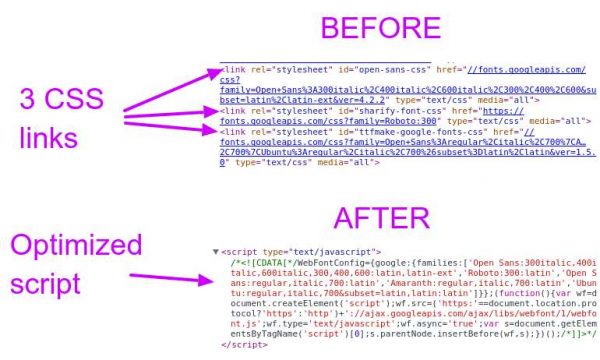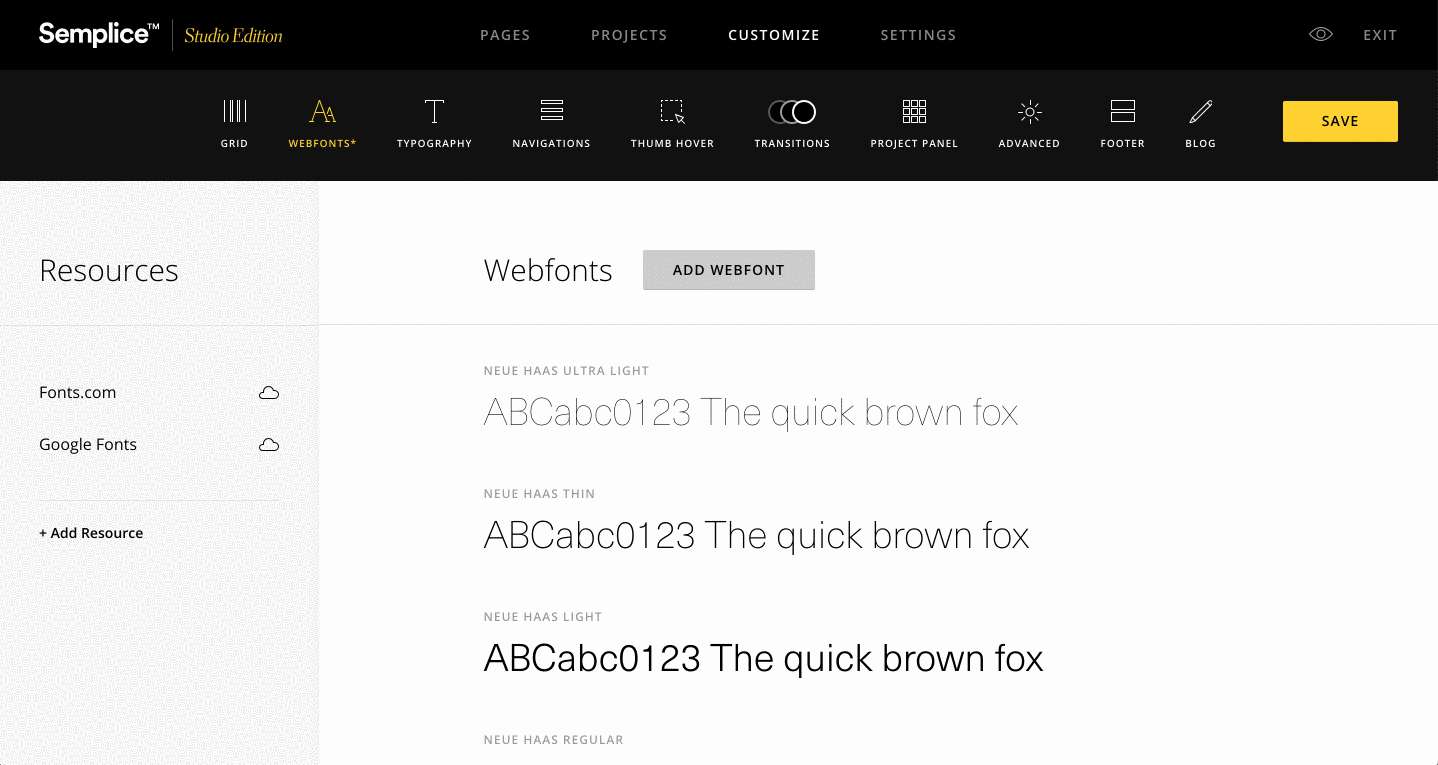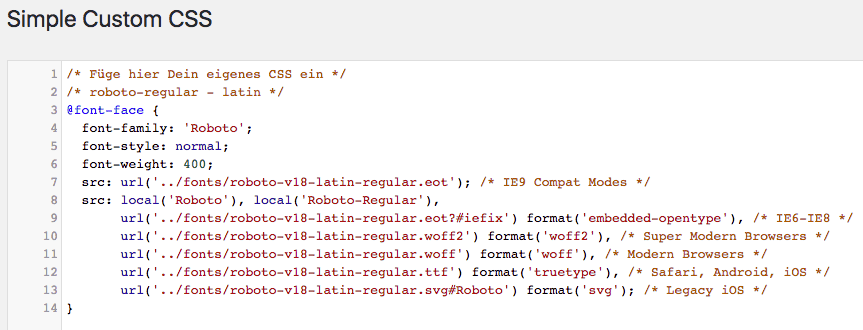


“I gained familiarity with the script by carefully examining Urdu poetry, religious texts, and other materials. Like other languages using the Arabic writing system, the same letter in Urdu has different forms depending on its position in the word (initial, medial, final and unconnected ).

Since he didn’t speak or read Urdu, he embarked on self-study of the written language. Simon Cozens was the Gulzar font engineer. To make it easier to design Gulzar, font engineer Simon Cozens created two open source tools. When calligraphers used to write Nasta’liq by hand, they traditionally used a reed pen. Hindi is written from left to right in the Devanagari writing system, while Urdu is written from right to left in the Nasta'liq style of the Arabic writing system.

Yet the writing systems used for each language are very different. Speakers of both languages can understand each other. To a great extent, the Urdu language is similar to Hindi. Let’s go back in history and review some features of the Urdu language, the Nasta'liq script, and technological problems to find some more reasons. One reason is that technology companies have not seen Urdu-speaking communities as important markets and have not invested resources to develop Nasta’liq typefaces. If there is such a large population of Urdu speakers, you might wonder why there are so few typefaces for this population. Urdu speakers still sometimes write emails and messages in Romanized Urdu (the transliteration of Urdu in the Latin alphabet). The scarcity of Nasta'liq typefaces was so dire that some newspapers and other printed materials were written by hand. Due to both design and engineering challenges, there were only a few typefaces available for the Urdu language in the preferred Nasta'liq writing style of the Arabic writing system.
Display fonts, on the other hand, are predominantly designed to look stylish and original in titles, adding personality and punch, with slightly reduced legibility which would make them less ideal for use in body text.Urdu is the first language of over 70 million speakers and a second language to over 160 million people, mostly in Pakistan and India. Text fonts are typically clean, have wider spacing, and are less chunky than display fonts, meaning they work better in small sizes. Text fonts are designed for use in the main text of a website or app, and need to be highly-legible, even at small sizes. You may well read that a certain Google Font is aimed to be used for display or for text, but what’s the difference between the two categories? Types of sans-serif font include grotesque, neo-grotesque, geometric and humanist. Helvetica is probably the most famous of the sans-serif fonts. In contrast to Serif fonts, sans-serif fonts are sometimes called ‘gothic’. These fonts typically appear more minimalist and modern, and they’re based on late 19th and early 20th century signage and advertising typefaces. Sans-serif fonts are, unsurprisingly, fonts which don’t use serifs. Types of serif include: old-style, transitional, modern and slab. Garamond and Times New Roman are two classic serif fonts. Serif typefaces are sometimes called ‘roman’ because of this. Serifs have their origin in Roman stone carving, and are believed to be linked to the way that words were painted onto stone before they were carved. Serif fonts are so called because their letters feature serifs, small lines or strokes attached to the end of the main part of the letter. The biggest divide in the fonts world is between serif fonts and sans-serif fonts. Here’s a run-down of the most important terms you might find when researching fonts, and what they mean. All technical fields have their share of jargon and typography, to put it lightly, is no different.








 0 kommentar(er)
0 kommentar(er)
